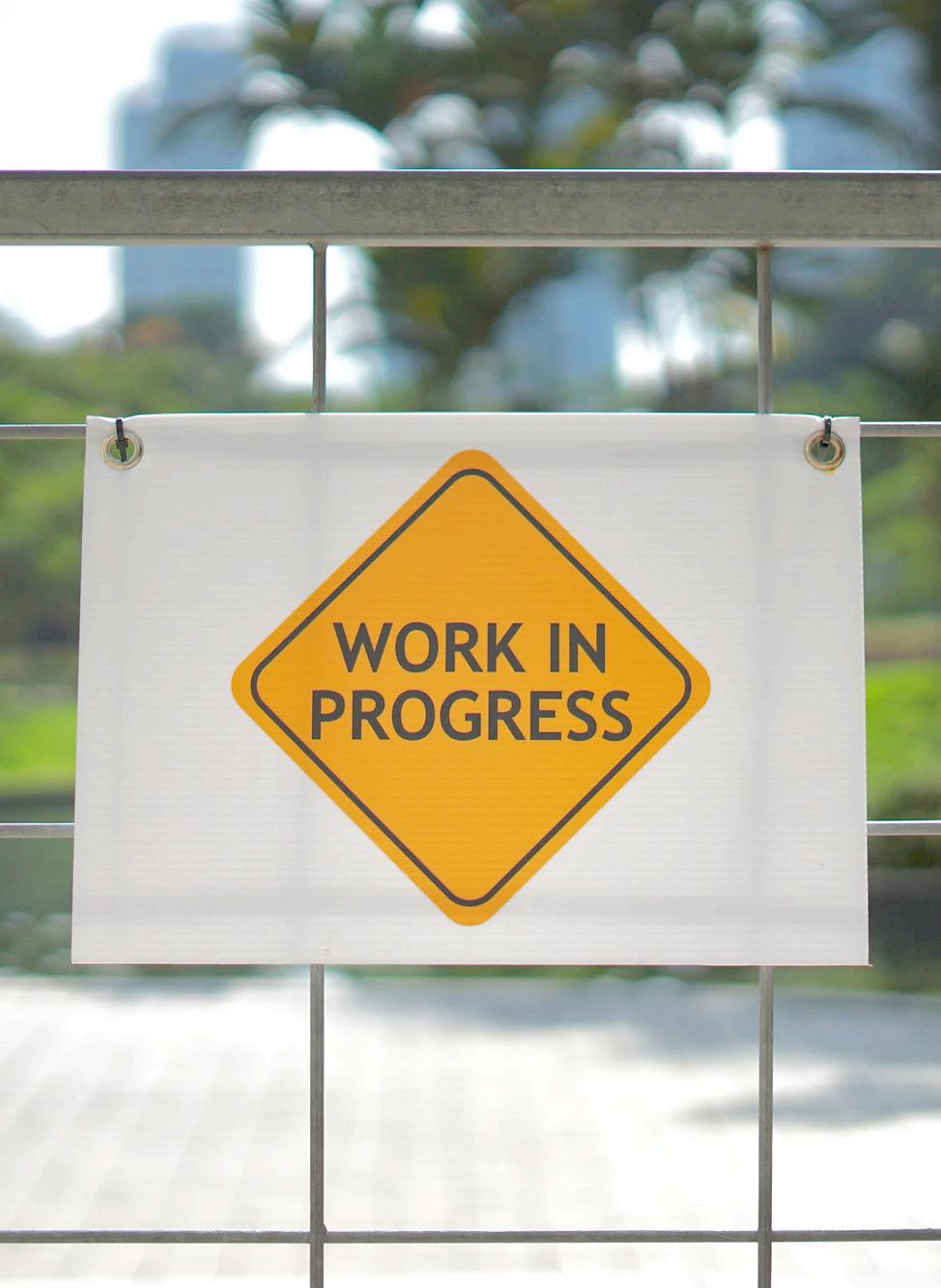
3 minute read
Granny Flats Friend Or Foe
No longer just for grannies, secondary dwellings have surged in demand. But do you know that a granny flat can do wonders for your retirement income?
Perceptions of granny flats have long been of an old building in the back of a property reserved for extra family members to use whether living or visiting. But viva le revolution, because granny flats have undergone an extensive transformation and are now considered a desirable place to live.
Why The Revolution?
There are numerous reasons that people choose to build a granny flat in their backyards. For some, it provides an external space to use as a studio or home office. It can also serve as a separate living area for teenagers or adult children who are still living at home. For others, the rental yields make it a desirable option.
How Can Granny Flats Help?
According to BMT Tax Depreciation managing director Bradley Beer, there may be a gold mine in your backyard. But it does depend on how you intend to use the property.
“Owner-occupiers can save by downsizing or building a property in the yard and renting the main premises,” Beer explains. But you do need to be aware of the tax implications. “Investors can claim any expenses they incur for a rental property such as interest, rates, repairs and maintenance costs and property management fees. If a granny flat or a home becomes a rental property, the owner is entitled to claim depreciation deductions for the wear and tear that occurs to the building and the plant and equipment assets contained.” The upside? The deductions mean the owner can reduce their taxable income and improve their tax liability, therefore improving their cash return. Importantly though, Beer reminds, “if the owner is living in another part of the property, deductions can only be claimed on the portion of the property which is income-producing.”
Financial Pros And Cons
As with anything in life, there are advantages and disadvantages when it comes to granny flats. And you need to seriously weigh these up before deciding to go ahead with the idea. At around the $120,000 mark to construct, granny flats are relatively cheap to produce. Additionally, the annual rental yields sit at around 15 per cent. “On average, an investor can expect to claim around $5288 in depreciation in the first financial year and this accumulates to around $23,713 in deductions over five years,” Beer says. Depreciations are also considered generous as you can make claims on the shared areas such as decks, pools and even barbeques. Many states and territories have also imposed easier planning regulations, so building a granny flat is much less hassle and ends up being much cheaper than a duplex, for example. Finally, looking long-term, a granny flat may increase the capital value of the main house however, this largely depends on how it has been built, including the design, privacy and access.
Nevertheless, you need to weigh up any income against the expenses incurred. Granny flats cannot be put on a separate title so they must be sold with the main property. This may affect your resale value. Plus, you’ll need to look at whether you want to share your yard with a tenant, and possibly one you don’t have

Before diving in
There are some things you need to consider when deciding whether or not to construct a granny flat. First, they may not be a practical idea for your particular property. This includes aesthetically and practically you should always check to see whether your property is suitable for an extra dwelling.
Plus, there are different regulations between states so you’ll need to do your research. And finally, while a granny flat may push your sale price up when you take your property to market, it can also swing the other way if potential buyers emphasise backyard space over more living space. You need to weigh up both sides of the argument.






